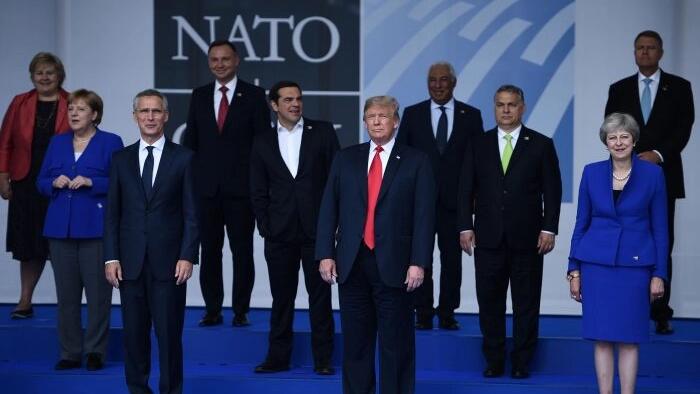In a significant escalation of hostilities, Russia conducted a coordinated assault on Ukraine’s energy infrastructure on December 13, launching nearly 300 drones and missiles. This attack appears designed to demoralize Ukrainians by undermining their access to heat and electricity during the harsh winter months, a tactic aimed at compelling them to surrender. As the conflict, now nearing the three-year mark, continues to exhaust Ukrainian resources and resolve, a recent Gallup survey indicates a troubling shift in public sentiment; only 38 percent of Ukrainians support the fight until a complete victory is achieved, a dramatic decline from 73 percent the previous year. A growing 52 percent are open to negotiating peace, even at the cost of territorial concessions. This shift signifies increasing fatigue among the populace amid ongoing hardship and uncertainty.
In the United States, the political landscape surrounding the conflict is evolving. President-elect Donald Trump has proposed a strategic recalibration of U.S. involvement in the war, advocating for a burden-sharing framework that places more responsibilities on European allies. This realignment stems from the substantial financial commitments the U.S. has already made, amounting to about half of the $255 billion in aid directed toward Ukraine. As Trump emphasizes fiscal prudence in light of the nation’s escalating national debt, he advocates for an immediate cease-fire, which carries the risk of appeasing Russia while potentially compromising Ukraine’s sovereignty and regional stability.
Trump’s approach includes a demand for European nations to raise their defense expenditures to at least 3 percent of GDP, thereby strengthening NATO’s collective security and ensuring sufficient military support for Ukraine. During a meeting in Paris, he expressed his vision of a robust and well-armed Ukraine, asserting that European countries should primarily handle the military presence and financial burdens related to peacekeeping once a cease-fire is established. This strategy not only aims to deter Russian aggression but also seeks to free the U.S. to address rising threats from China, particularly given that Beijing’s economic and military capabilities outstrip those of Moscow. Trump’s calls for European allies to pressure China through tariffs is part of a broader strategy aimed at compelling Russia to engage in meaningful negotiations.
Amid escalating tensions, NATO chief Mark Rutte underscored that the West remains unprepared for the increasing Russian threat, urging a transformation to a wartime mentality. His remarks reflect a growing consensus that time is running out to bolster defense capabilities and expenditures in anticipation of further Russian incursions. Rutte commended Trump for previously motivating NATO members to meet their defense spending commitments, reflecting a potential revival of similar pressure under Trump’s renewed leadership.
The disparity in defense spending across NATO nations highlights the urgency of Trump’s proposals. Many members, including Italy, Spain, and Canada, spend below the recommended 2 percent of GDP on defense, while others, such as the U.S. and Poland, exceed 3 percent. By advocating for a rise to 3 percent, Trump not only seeks to address these imbalances but also positions himself to avoid further financial strain on the U.S. taxpayers who have historically supported a global security posture. The imposition of tariffs on countries that fail to meet these spending commitments could serve as both a punitive measure and an economic incentive for increased military readiness.
The United States’ role in global affairs, particularly in maintaining a favorable international order, has been shaped by its military engagements over the past decades. Following World War II, U.S. influence grew significantly, in part due to its soft power and successful deterrent capabilities against major threats. However, ongoing entanglements in foreign conflicts have prompted American citizens to reevaluate the role of the United States as the world’s “policeman.” Trump’s focus on encouraging allies to bear their fair share of responsibilities signals a potential shift in U.S. foreign policy that may redefine America’s engagement with global security challenges.
As the situation in Ukraine continues to unfold, the implications of these strategic shifts will resonate beyond the immediate conflict, influencing the geopolitical landscape in Europe and Asia. The dynamics between Moscow, Kyiv, and Washington, paired with rising powers like China, mandate a careful balance of military readiness, diplomatic engagement, and economic prudence. The consequences of neglecting these aspects could have lasting repercussions, not only for Ukraine but for the integrity of NATO and global peace and stability as a whole.

